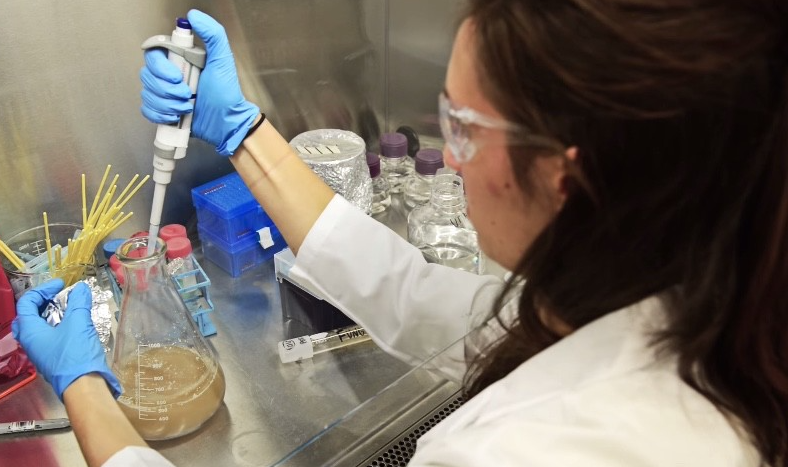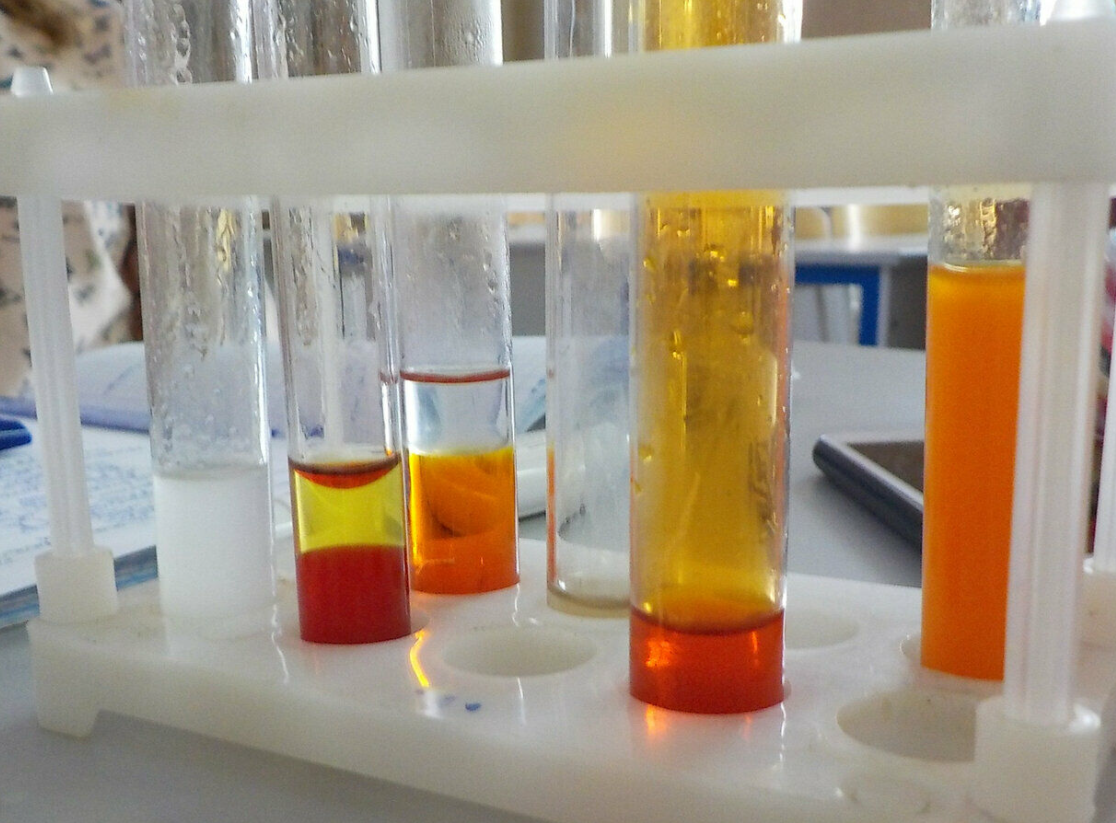The total mercury content in urban sewage can be detected by cold atomic absorption spectrometry, and its measurement range is 0.0001mg/L-0.010mg/L. This method is mainly to digest the sample with nitric acid, sulfuric acid and excess potassium permanganate, so that all mercury is converted into divalent mercury, the excess potassium permanganate is reduced with hydroxylamine hydrochloride, and then the divalent mercury is reduced with stannous chloride. Reduced to atomic mercury and measured at a wavelength of 253.7 nm.

1. Sulfuric acid 1.84g/mL
2. Nitric acid 1.40g/mL
3. Hydrochloric acid 1.19g/mL
4. Potassium permanganate solution 0.05g/mL
Take 50g of potassium permanganate after recrystallization, dissolve it with laboratory first-grade pure water and dilute to 1000mL.
5. Hydroxylamine hydrochloride solution 0.10g/mL
Weigh 10 g of hydroxylamine hydrochloride, dissolve it with laboratory first-grade pure water, dilute it to 100 mL, and inject pure nitrogen to remove trace mercury.
6. Tin chloride solution 0.20g/mL
Take 20g of stannous chloride in a beaker, add 20mL of hydrochloric acid, heat until completely dissolved, dilute to 100mL with laboratory first-grade pure water, and introduce pure nitrogen to remove trace mercury.
7. Potassium dichromate solution
Weigh 0.5g potassium dichromate and dissolve it in 1000mL 5% nitric acid solution.
8. Mercury stock solution 100mg/L
Weigh (0.1354±0.0002) g of fully dried mercuric chloride, dissolve it with potassium dichromate solution, transfer it into a 1000mL volumetric flask, and then dilute it to the mark with this solution.
9. Mercury standard solution 0.1mg/L
Accurately absorb a certain amount of mercury stock solution, and dilute this solution with potassium dichromate solution step by step.
10. Mercury meter
11. Laboratory glassware
Sampling was done in polyethylene bottles with smooth inner walls. The sampling bottles should be cleaned with detergent, soaked in 50% (V+V) nitric acid solution, and washed again with laboratory first-grade pure water. When collecting water samples, the container should be filled, and 10 mL of sulfuric acid should be added to each liter of the sample immediately, and then 0.5 g of potassium dichromate should be added to keep the sample light orange.

1. Digest the water sample
Take 10mL-50mL of water sample, transfer it to a 50mL or 100mL colorimetric tube, add 1mL of nitric acid and 2.5mL-5.0mL of sulfuric acid in turn, shake well, add 5mL of potassium permanganate solution, shake well, and place it in a water bath at 80°C, Shake once every 10min. If potassium permanganate is found to be discolored, it needs to be added continuously, and the digestion solution is always kept purple-red. After digestion for 1 hour, remove it and cool it. When the measurement is approaching, add hydroxylamine hydrochloride solution dropwise while shaking to make the digestion solution fade, use laboratory first-grade pure water to dilute to 50 mL or 100 mL, and transfer 10 mL into the mercury vapor generation bottle of the mercury measuring instrument.
2. Absorbance measurement
Add 1 mL of stannous chloride solution to the mercury vapor generating bottle and measure the absorbance.
3. Determine Mercury Levels
After subtracting the blank absorbance from the measured absorbance, check the content of the water sample on the working curve.
Take 0mL, 1.0mL, 2.0mL, 3.0mL, 4.0mL, and 5.0mL of mercury standard solution respectively in a 100mL volumetric flask, add about 50mL laboratory first-grade pure water, add 1m nitric acid and 5mL sulfuric acid, shake well, add 5mL The potassium permanganate solution was shaken, placed for a few minutes, and hydroxylamine hydrochloride was added dropwise to remove the purple color of the solution, and the volume was adjusted to 100mL. Take 10mL into the mercury vapor generating bottle, add 1mL stannous chloride solution, measure the absorbance one by one, deduct the zero standard absorbance respectively, and draw the working curve of absorbance versus mercury content.
Take the same amount of laboratory first-grade pure water as the water sample, carry out a blank test according to the detection steps, and use the obtained absorbance to find the blank value. If the blank value exceeds the confidence interval, find out the reason as soon as possible.
Finally, the total mercury concentration of the tested water sample is calculated by the corresponding formula.
最新动态
相关推荐